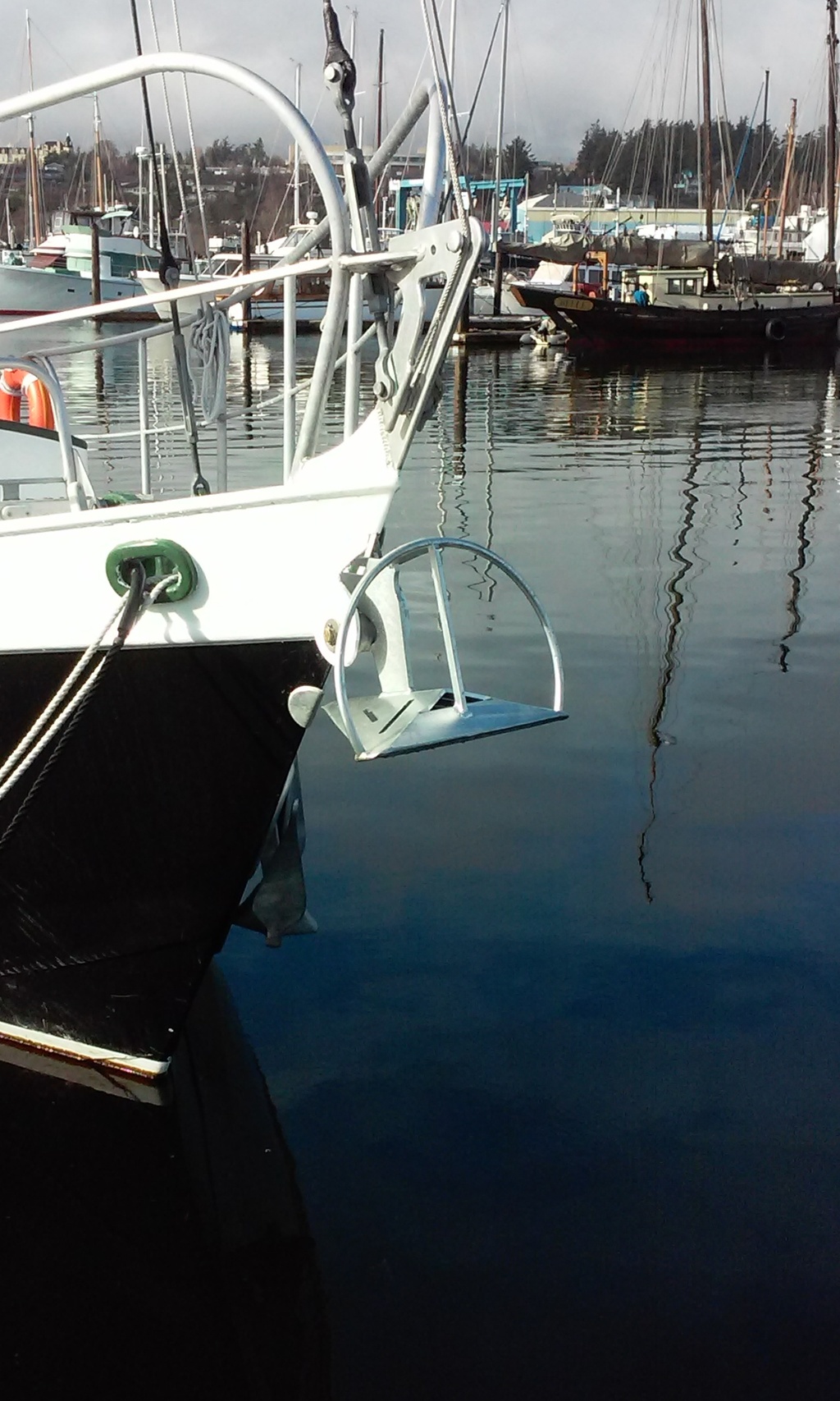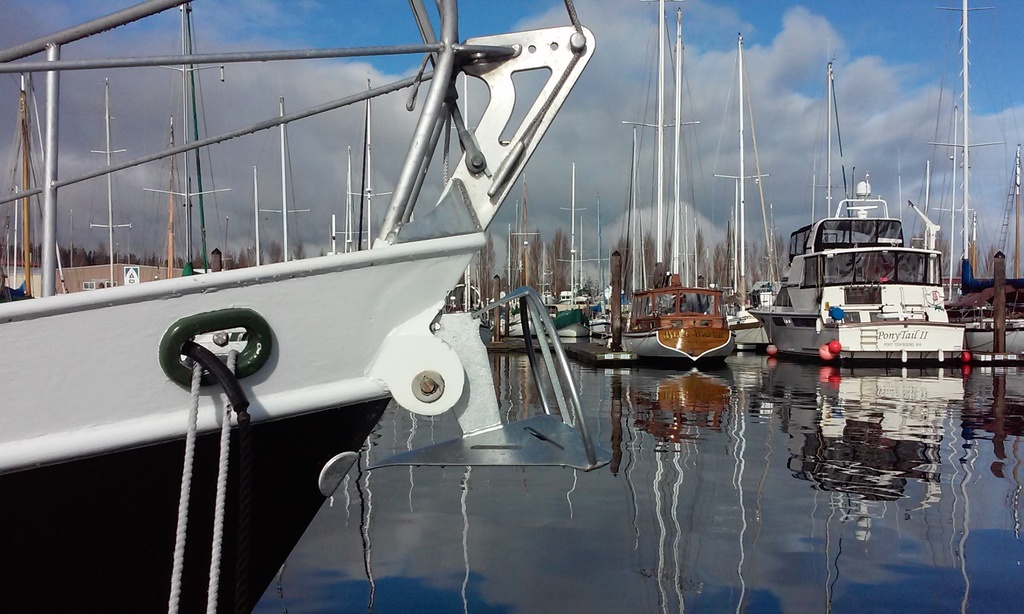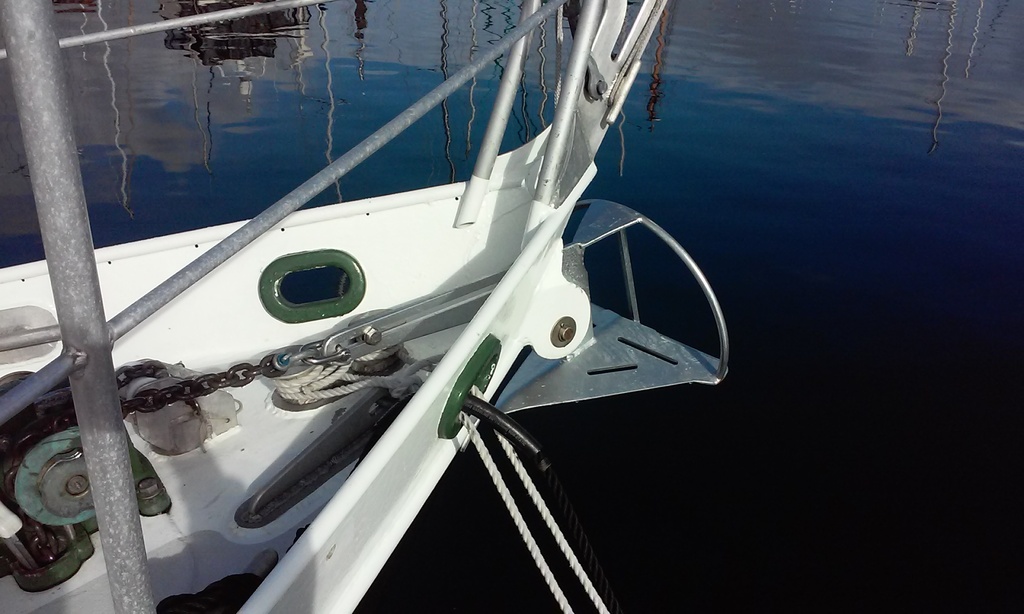Panope
Senior Member
- Joined
- Aug 21, 2014
- Messages
- 294
- Location
- USA
- Vessel Name
- Panope
- Vessel Make
- Colvin Saugeen Witch, Aluminum
Pete, Eric,
The Sarca very well may need a new home when I am done testing. But let me test it before any decisions are made.
Re: Price. Lets just say that Rex is treating me very well on the price of the anchors that he is sending to me. Any anchor that I sell (if I sell) will be priced well below list price.
Steve
The Sarca very well may need a new home when I am done testing. But let me test it before any decisions are made.
Re: Price. Lets just say that Rex is treating me very well on the price of the anchors that he is sending to me. Any anchor that I sell (if I sell) will be priced well below list price.
Steve





